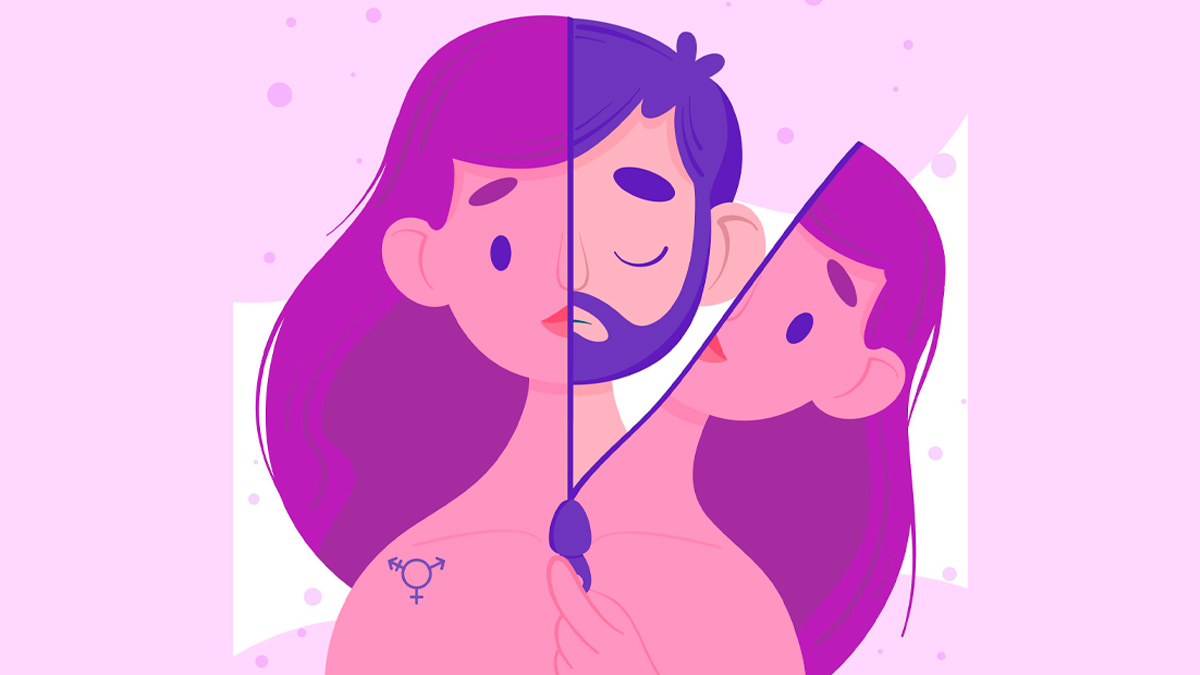
Beyond The Labels: Understanding The Sexual Preference And Gender Identity
Let's attempt to get a basic understanding of sexual preference and gender identities this pride month (The history of Pride Month) in the hopes of developing a more inclusive society where everyone is accepted regardless of their sexual preferences or identities. To promote inclusion and greater understanding, let’s talk about sexual preferences, orientation, and gender identities in an accessible way.
Sexual Preference: Who We Are Attracted To

Sexual preference essentially refers to the essence of someone to whom we are attracted romantically or sexually. Just like everyone has a distinct taste in food or music, every individual also has distinct preferences when it comes to their sexual preference (who they are attracted to), which varies from person to person.
Some people are attracted to individuals of the opposite gender, and they are identified as ‘heterosexuals.’ Others who feel attracted to someone of the same gender identify themselves as ‘homosexuals.’ Additionally, some individuals experience attraction to both the genders and are referred to as ‘bisexuals.’ There are others as well who are attracted to people regardless of their gender, and they identify themselves as ‘pansexual.’
It is imperative to understand that, even though there are labels according to an individual’s nature of attraction, you are not obligated to identify as any one of these. These labels are there to help you gain an identity, not to confine you within meaningless bounds.
Don't miss: Shweta Sangtani on Pleasure, Relationships & Gender Identity
Gender Identity: How We Identify Ourselves

The social and cultural roles, actions, and expectations that society imposes on people based on their perceived sex are referred to as gender. For instance, a person assigned male at birth is supposed to follow the conventional masculine roles, while a female is expected to follow the conventional feminine duties. How we view and identify ourselves is referred to as gender identity. Everyone has a unique gender identity, just as they all have unique personalities.
Don't miss: Living With Pride: Understanding Transgender People And Their Struggle To Live As They Want
Some people identify with the sex assigned to them at birth or the gender that is often determined by their physical characteristics. For instance, a person who is born male may choose to identify as a man, and a person who is born female may choose to identify as a woman. These people are identified as ‘cisgender.’ However, some people may feel that their assigned sex does not accurately reflect who they are. These people could identify themselves as ‘transgender’, (Trans-Women Who Shaped LGBTQ Movement) which is defined as having a gender identity that differs from the sex to which they were born. For instance, a male-born individual may decide to identify as a female (trans-woman). Similarly, a person who is assigned female sex at birth may decide to identify as a male (trans-man).
It is very important to respect and acknowledge each person’s self-identified gender, regardless of whether it aligns with their assigned sex at birth.
HerZindagi Pride Month: Redefining narratives, fostering awareness and a world of inclusion with thought-provoking stories around LGBTQIA. Get more awareness about LGBTQIA (Pride Month) by reading inspiring stories that will help you to open up without hesitation. #LivingWithPride
Also watch this video
Herzindagi video